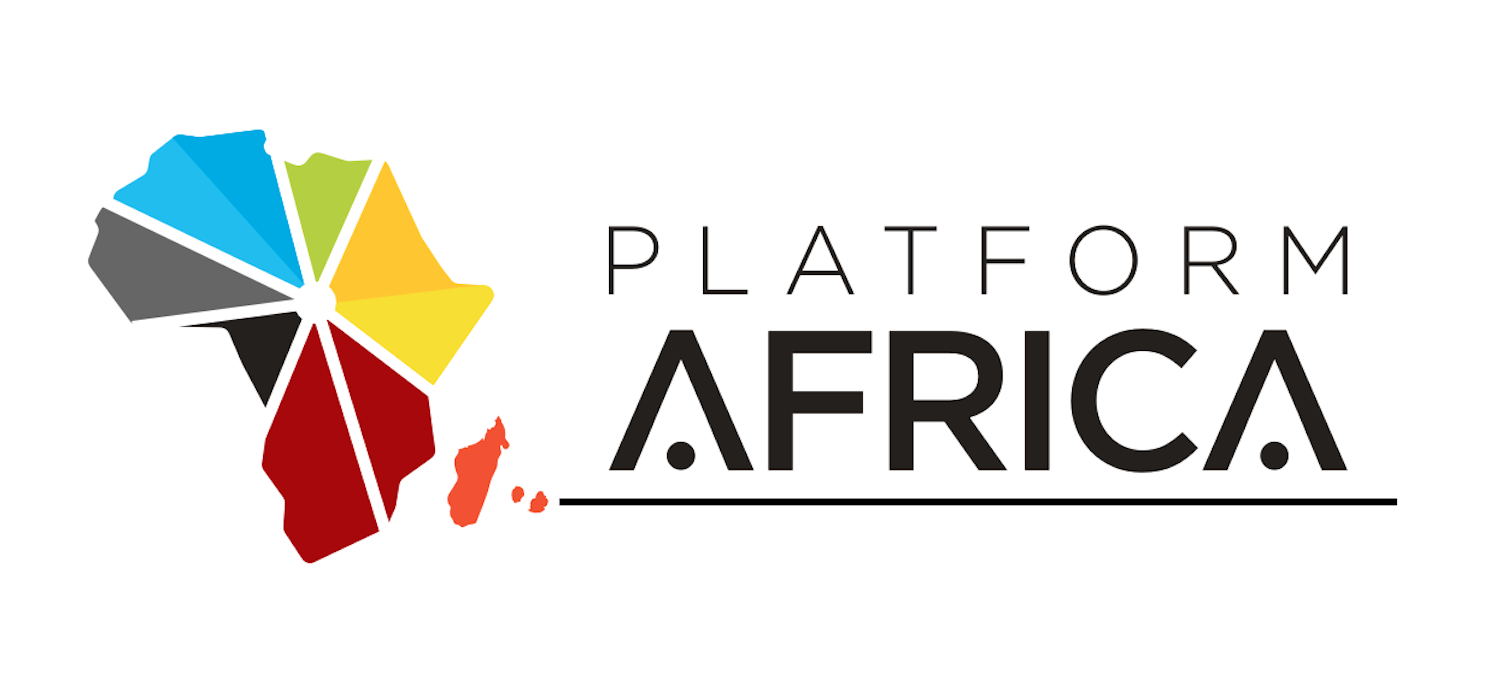Poor maternal health and malnutrition underpin high numbers of preterm births
An estimated 13.4 million babies were born early (before 37 full weeks of pregnancy) in 2020 – which is around 1 in 10 of all live births – according to a detailed study published in the Lancet today by authors from the World Health Organization (WHO), the United Nations Children’s Fund (UNICEF) and the London School of Hygiene and Tropical Medicine.
Since prematurity is the leading cause of death in children’s early years, there is an urgent need to strengthen both care for preterm babies as well as prevention efforts – particularly maternal health and nutrition – so as to improve childhood survival. For those who live, preterm birth also significantly increases the likelihood of suffering major illnesses, disability and developmental delays, and even chronic diseases as adults like diabetes and heart conditions.
As with other major trends relating to maternal health, no region of the world has significantly reduced rates of preterm births over the last decade. The annual global rate of reduction in preterm births between 2010 and 2020 was just 0.14%.
“Preterm babies are especially vulnerable to life-threatening health complications and they need special care and attention,” said Dr Anshu Banerjee, Director of Maternal, Newborn, Child and Adolescent Health and Ageing at WHO: “These numbers show an urgent need for serious investment in services available to support them and their families as well as a greater focus on prevention – in particular, ensuring access to quality health care before and during every pregnancy.”
The paper, National, regional, and global estimates of preterm birth in 2020, with trends from 2010: a systematic analysis, provides global, regional and country estimates and trends for preterm births between 2010 and 2020, revealing large disparities between regions and countries. Around 65% of preterm births in 2020 occurred in sub-Saharan Africa and southern Asia, where over 13% babies were born preterm. The rates in the worse affected countries – Bangladesh (16.2%), Malawi (14.5%) and Pakistan (14.3%) – are three or four times higher than those in the least affected countries – Serbia (3.8%), Moldova (4%) and Kazakhstan (4.7%).
Preterm birth is not just an issue in low and middle-income countries, however, and the data shows clearly that it affects families in all parts of the world. Rates of 10% or higher occur in some high-income countries such as Greece (11.6%) and the United States of America (10%).
Maternal health risks, such as adolescent pregnancy, infections, poor nutrition, and pre-eclampsia, are closely linked to preterm births. Quality antenatal care is critical to detect and manage complications, to ensure accurate pregnancy dating through early ultrasound scans and if needed, to delay labour through approved treatments.
About the studies
The paper derives estimates from population-based, nationally representative data, using Bayesian modelling to generate internationally comparable country-level estimates for 2020. These national estimates are published for the first time in this paper and on the WHO website.
As birth registration and facility-based deliveries have increased, data on the prevalence of preterm birth has improved. Gaps remain, however, with 92 countries lacking adequate nationally representative data. The authors call for continued commitment to strengthen data availability and quality, as well as data sharing so that appropriate support and action can be targeted where needed most.
Further links
- Country estimates will be available on WHO’s Global Health Observatory site, here
- More detail around prevention and treatment of preterm births is available in the recently released multi-partner Born Too Soon report
- For related guidance, see WHO’s recommendations on antenatal care and care for preterm or low birthweight infants




